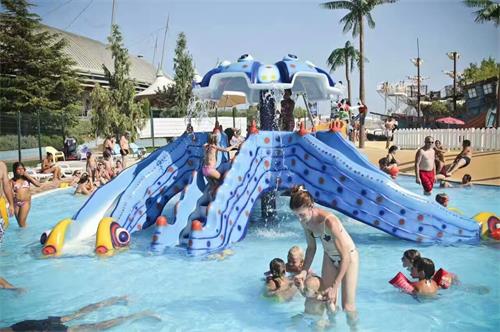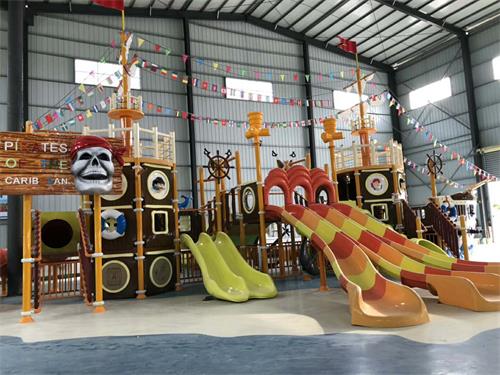The advantages and disadvantages of investing in three types of water parks
Water parks are categorised into three types: indoor, outdoor, and a combination of indoor and outdoor. Let’s explore the pros and cons of these three types of water park equipment. Additionally, considering water parks investment can be a lucrative opportunity.

Outdoor Water Parks:
Advantages: Investment costs are generally lower than those for indoor water parks, and the equipment is not limited by location constraints. This makes water parks investment in outdoor settings quite appealing.
Disadvantages: They are seasonal, operating mainly in the summer months. For instance, Guangzhou Changlong Water Park is only open from April to October. Rainy days pose safety concerns and may affect operations.

Indoor Water Parks:
Advantages: Indoor water parks are not affected by seasonal changes and can operate year-round. For example, Beijing’s “Water Cube” indoor theme park remains open throughout the year.
Disadvantages: They require higher initial investment, and some equipment may have height restrictions. Customising equipment to fit specific dimensions demands comprehensive planning.
Indoor and Outdoor Compound Water Parks:
These parks combine the benefits of both indoor and outdoor facilities, allowing for year-round enjoyment. They are typically equipped with versatile water park equipment that supports continuous operation. This makes them an attractive option for water parks investment.
